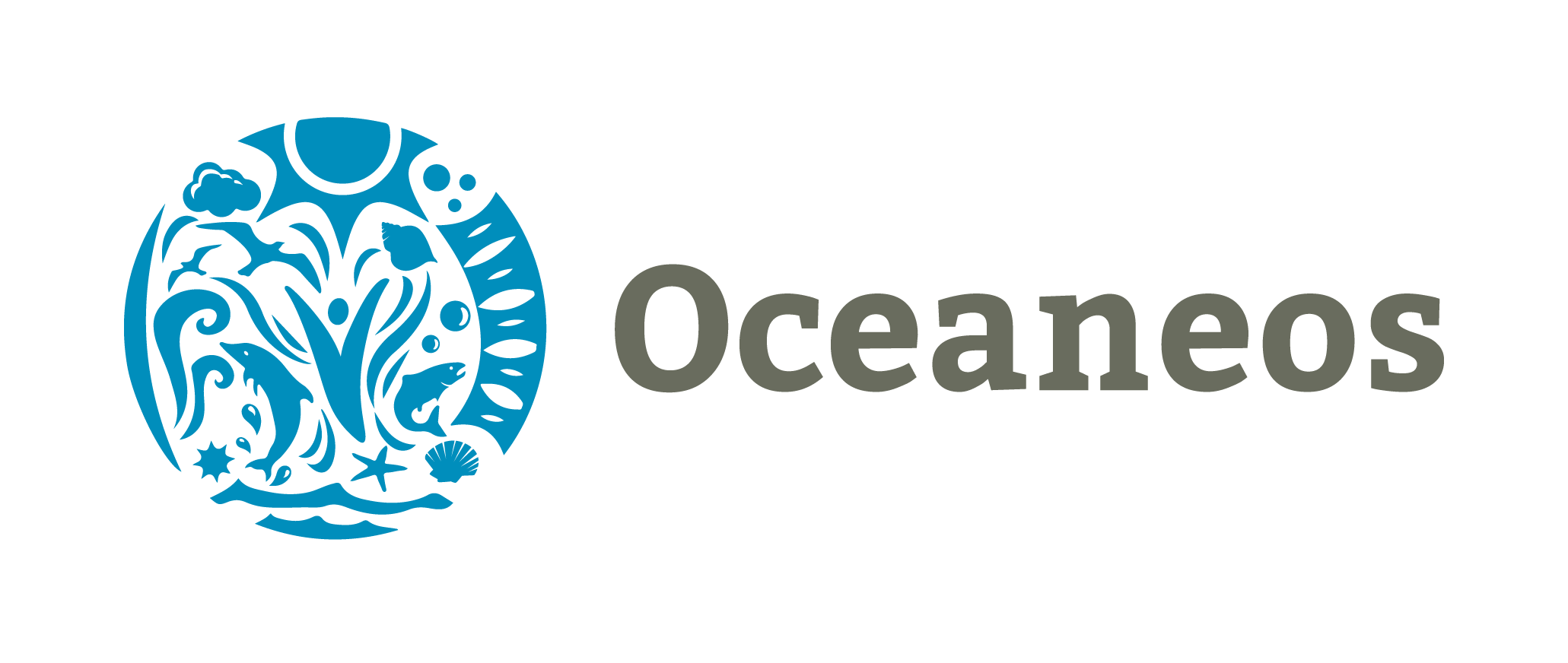Plankton Decline
Phytoplankton – microscopic organisms that form the foundation of the oceanic food chain – account for approximately half the production of organic matter on Earth.
Through satellite imagery, researchers have established that phytoplankton concentrations have been declining at an alarming rate since the 1950s. A combination of ocean transparency measurements and in situ chlorophyll observations has allowed scientists to estimate the time dependence of phytoplankton biomass at local, regional and global levels. In eight out of ten ocean regions, declines have been observed. A global rate of decline of more than one percent of the global median per year is projected. The fluctuations in phytoplankton levels are believed to closely correlate with climate changes and the ongoing rise in sea surface temperatures.
The Earth’s oceans are warming. Scientists have demonstrated how rising ocean temperatures and carbon dioxide levels can stress marine life. A new model developed by the Massachusetts Institute of Technology Program in Atmospheres, Oceans and Climate reveals that if global temperature trends continue, by the end of this century, half the population of phytoplankton that existed in any given ocean at the beginning of the century will have disappeared. “That’s going to have impacts up the food chain,” says Stephanie Dutkiewicz, principal research scientist at MIT.
Tiny phytoplankton, the major food source for fish and other sea creatures, could perish as temperatures rise. The organisms in the coldest waters are at the greatest risk. Researchers believe that phytoplankton could evolve to alter their body chemistry or migrate, but such a change could mean that species higher up the food chain will be unable to feed themselves.


